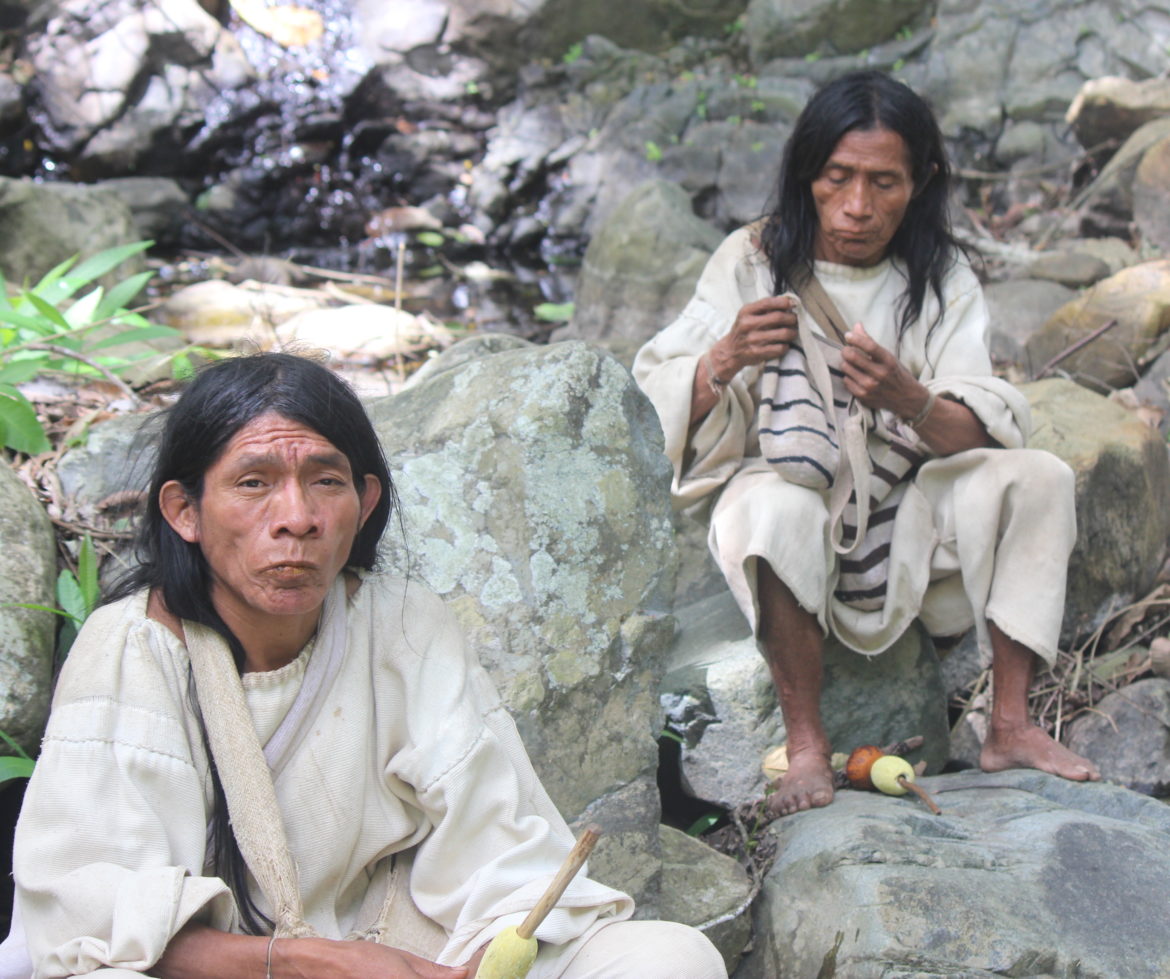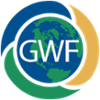
From the Amazon to the Great Lakes
Sharing Knowledge and Mapping Oral Histories with First Nations Communities in Canada
By Rudo KemperFor many communities across the world, like the indigenous communities of the Americas, oral history storytelling is a cultural tradition imbued with traditional knowledge and associated with practices and values essential to developing personal identity. In many cases expressed primarily in oral form, oral histories are passed down from generation to generation, and can be essential to the development of the worldview of young members of a community.
In the Amazon Conservation Team’s (ACT’s) experience working with indigenous and other traditional communities in South America, oral histories are very often place-based, referencing important or sacred sites in the community’s territory.
For many indigenous communities, territory is much more than just the extent of their land occupation: it is integrally tied to identity, body, health, spirituality, and sometimes even their view of the very origins of the cosmos.
To prevent the irretrievable loss of this invaluable source of historical and cultural knowledge, ACT has recently developed a methodology to help communities record and map their oral histories. Together with a community of volunteer developers and the company Mapbox, we are developing Terrastories, a free and open-source geostorytelling application custom-made to enable communities anywhere in the world to map and locate their oral histories. We decided to make this application open-source because we realized that similar needs to document vitally important place-based indigenous oral histories exist across the globe, including the boreal forests of Siberia and Canada, the Andean and Himalayan mountain ranges, and the desert landscapes of the southwest US and Australia.
After starting to use Terrastories in our work areas in South America with the Matawai in Suriname, the Wauja in Brazil, and the Kogui in Colombia, we have started to share our oral histories methodology at international forums. At the 19th session of the United Nations Permanent Forum on Indigenous Issues (UNPFII) in 2019, we organized a side event focused on traditional knowledge, where we shared our work and Terrastories with a broad audience.
At the UNPFII, we met and renewed ties with our friends and allies from the Haudenosaunee of the Six Nations of the Grand River Reserve in Ontario, Canada, and again recognized the similar needs, synergies, and parallels between our respective work in South and North America. A particular synergy was identified in the importance assigned to documenting oral histories.
In Canada as in the Amazon, First Nations communities have been hard at work mapping indigenous place names, fighting off encroaching resource extractivism, and undertaking land titling and reclamation processes in court. Here as elsewhere, ancestral oral histories are a vital and powerful resource for the communities, even politically. In the province of British Columbia—where the history of Western settling is a recent and contentious one, with over 90% of land considered unceded by the First Nations communities—oral histories are being recognized as evidence of historic occupation in court, as in the 1997 Supreme Court of Canada case of Delgamuukw v British Columbia.
The Haudenosaunee of the Great Lakes area (referred to today as Ontario and New York) comprise a confederation of six nations: the Mohawk, Onondaga, Oneida, Cayuga, Seneca, and Tuscarora. In Ontario, the Six Nations Reserve represents only 5% of the land that was originally granted to the Haudenosaunee by the British colonial government in the 1784 Haldimand Proclamation, and constitutes even less of the historic extent of the Haudenosaunee ancestral territory, as shown on Native Land. Six Nations Reserve, the most populous reserve in Canada, about an hour west of Niagara Falls and 90 minutes south of Toronto, is located in what was traditionally known as a One Dish One Spoon hunting territory, where all proximate nations shared hunting rights and agreed to limit the game they took in order to leave enough for others. The Haudenosaunee have documented oral histories about their lands that go back centuries, including that of the journey of the Great Peacemaker, a prophet who counseled peace among the previously warring tribes.
Today, the Haudenosaunee are taking action to protect their territory and the water that flows through it. Recently, the water quality in the Six Nations Reserve has become badly polluted, causing a public health epidemic, while the Nestlé company extracts millions of liters of water from Six Nations treaty land. Led by Mohawk scholar Dr. Dawn Martin-Hill, McPherson Chair, McMaster University, the Global Water Futures research project Ohneganos Ohnegahdę:gyo – Water is Life is a team comprised of Elders and academics that seeks to combine scientific water measurements with traditional ancestral land mapping and recording of Haudenosaunee oral histories, as a way to incorporate that scientific data into an indigenous vision of their lands. Terrastories can bring the two together using custom Haudenosaunee ancestral lands maps and water monitoring geospatial data, layered with oral histories about the lands and the places significant to the community.
In June, ACT visited the Six Nations of the Grand River to give a first demonstration and training in oral histories mapping and the use of the Terrastories application. During a series of workshops in the community reserve and at McMaster University in Hamilton, we introduced Haudenosaunee hunters, youth, students, scholars to our methodology and exchanged ideas on ways to move the land reclamation process forward. At the Kawenní:io / Gawęní:yo immersion elementary and secondary school, the upper level students drew maps of the reserve, showing the traditional knowledge that they have already learned from their elders. With the academics and hunters, we discussed ways of mapping the One Dish One Spoon territory and beginning placement of some of the documented Haudenosaunee oral histories on the map. The goal of the workshops was to lay the foundation for more comprehensive Terrastories workshops in the future with Ohneganos research team including development work to co-design and customize the application with the Haudenosaunee, ensuring that it serves their needs as closely as possible.
Although ACT is dedicated to working directly with the indigenous and other traditional communities within our work areas in South America, we are thrilled to share our resources with communities facing similar struggles and needs globally. We are grateful to the Haudenosaunee of the Six Nations Reserve for welcoming us on their reserve and for the opportunity to learn about their history and current realities, and are hopeful that Terrastories can be a powerful tool to help them retain control over their lands and their waters.
